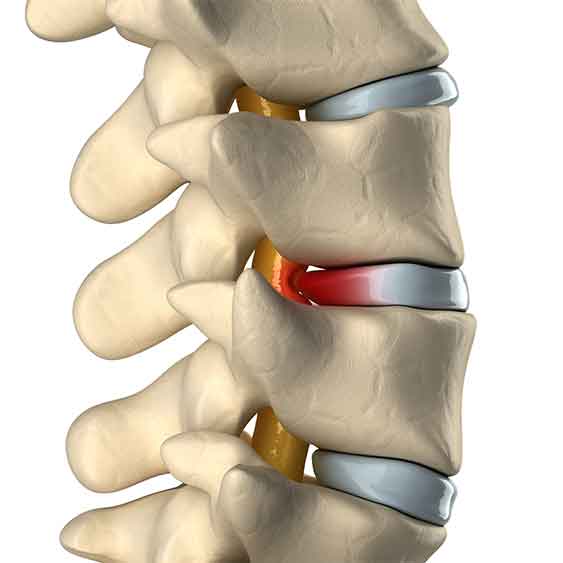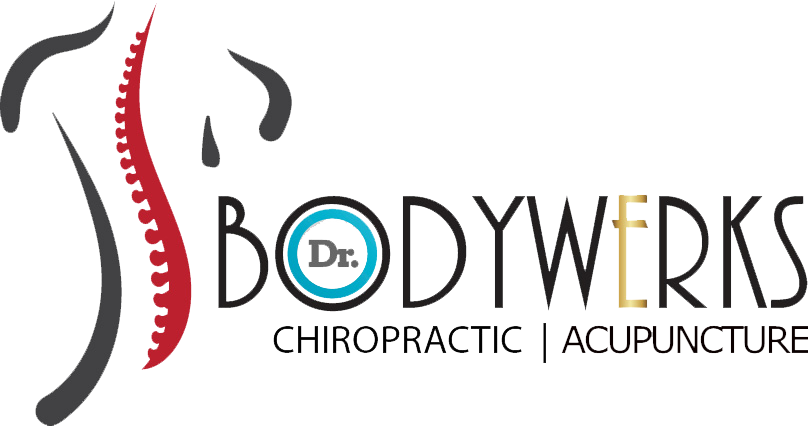Subluxation
Subluxation
The term subluxation refers to the presence of a spinal misalignment. However the effects that subluxation of the spine has on the body can be far from minor. In the simplest of terms, a subluxation is when one or more vertebrae move out of line and create pressure on spinal nerves. Spinal nerves branch off of the spinal chord and travel to different areas of the body after exiting through the vertebrae. Pressure on the nerves can cause interference of the signals traveling through the nerves – leading to numerous health related problems.
Chiropractors commonly recognize five categories or components present in the Vertebral Subluxation Complex (VSC).


Spinal Kinesiopathology
Spinal Kinesiopathology is where the bones of the spine become stuck, don’t move enough, or move too much.
Neuropathophysiology (Abnormal Nervous System Function)
Neuropathophysiology is where nerves can become overexcited, hyperactive or irritated from being “pinched” by the misplaced vertebrae. Due to the way the the vertebrae sit on top of one another to form the spinal column, abnormalities in the spinal column can irritate, pinch, rub or choke the delicate tissue of the spinal cord within the spinal canal and nerve roots as they exit the vertebrae.
Myopathology (Abnormal Muscle Function)
Myopathology is when over-developed muscles or under-developed muscles that attach to the spine cause individual vertebrae to rotate and lose proper function. When muscle function declines, the muscles that support the spine respond in different ways. The spine can weaken or even atrophy.
Histiopathology (Abnormal Soft Tissue Function)
Histiopathology is the inflammation and swelling that occurs when there are injured discs or soft tissue. The accumulation of blood and lymph causes swelling and a rise in temperature.


Pathophysiology
Pathophysiology occurs when there is a trauma to a joint and the body by forming new bone in an attempt to stabilize the area! Over time, calcium deposits build up, eventually as abnormal bony growth. This arthritic splinting of bones is also referred to as a bone spur.
Due to the intricacies of the nervous system, more research is being conducted in the areas of hormonal involvement, aging, immune system response, even genetic consequences. The Vertebral Subluxation Complex may be one of the most regular, yet overlooked source of health problems.
Chiropractors are trained in identifying and treating vertebral subluxations. This is done through a series of chiropractic adjustments specifically designed to correct the vertebral subluxations in your spine. Chiropractors are the only professionals who undergo years of training to be the experts at correcting subluxations.
Doctors of Chiropractic are the only health care professionals who are thoroughly trained in the detection, location and correction of vertebral subluxations. It requires years of training and clinical practice for a chiropractor to master the analysis and procedures needed to understand and correct subluxations.
The information presented on these pages is only a small preview into the scientific and clinical understanding of subluxation. We present these pages just to offer an initial orientation into the complexity effects of subluxations. If you have additional questions, please ask us.
